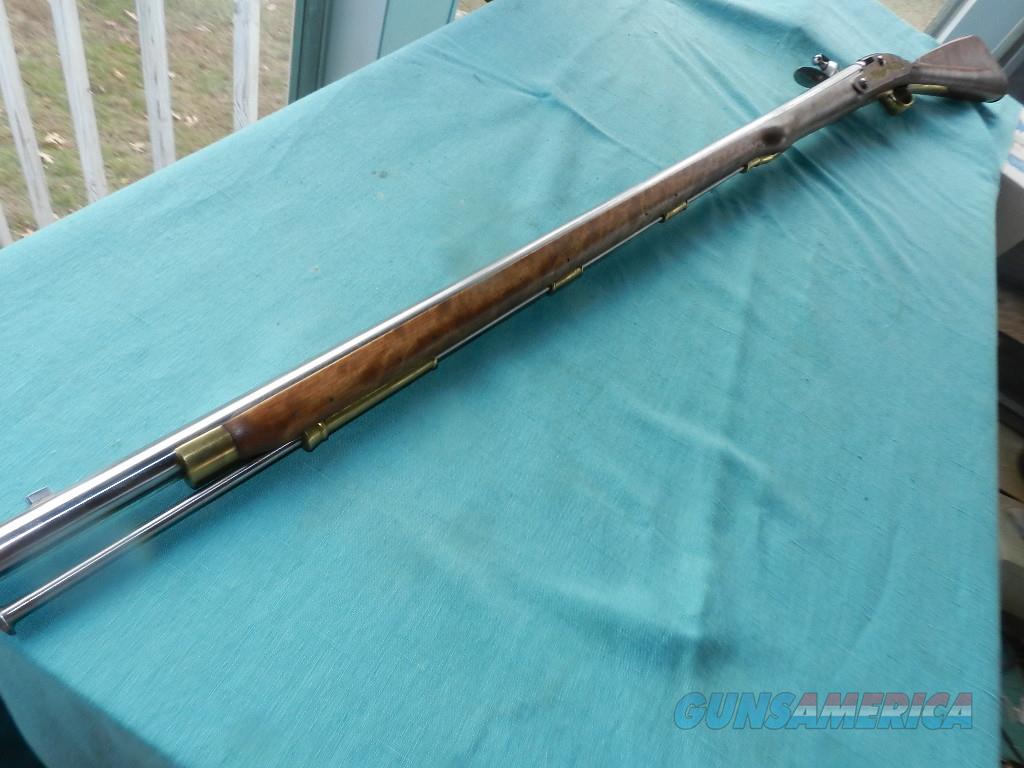

Decades after it was officially retired, cast offs were still being traded to indigenous populations in Africa and Asia. Its recoil was so ferocious, rankers frequently suffered bruised shoulders during battles. Even the shortest version of the musket was just a foot under the five-foot, seven-inch height of the average soldier of the era. Even then, vast numbers were upgraded from flintlock to percussion cap firing systems during the Crimean War and Indian Mutiny of 1857. In various patterns, it served as the principal long arm of the British military until the introduction of the Enfield rifled musket in 1853.

The forerunner of the Brown Bess made its first large scale appearance at the Battle of Blenheim in 1704, though it wasn’t standardized until the 1730s. Officially designated the Long Land Service Musket, history remembers it best by its nickname: the Brown Bess. Nevertheless, this rudimentary, single-shot weapon enabled Britain to build and defend an empire. It lacked rifling, used powder that was susceptible to dampness and it required a new flint every 20 shots. It took 18 separate motions to load and misfired one out of nine times the trigger was pulled. It has no sight with which to aim only a bayonet nub. ‘You can pray to Jesus all you like, but the only religion I need is my Brown Bess and my bayonet.’” One veteran corporal said as much to his mess mate on the rainy eve of Waterloo. (Image source: Flickr) “Soldiers knew its shortcomings, but considered it a sturdy and reliable friend. For more than 120 years, the Brown Bess was the British army’s principle infantry weapon.


 0 kommentar(er)
0 kommentar(er)
